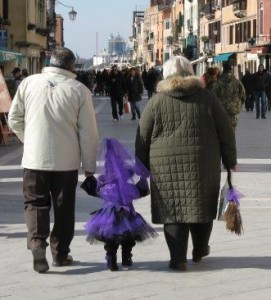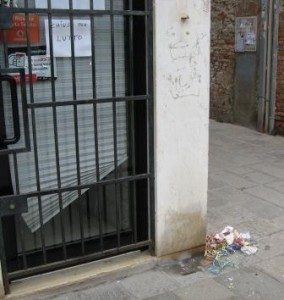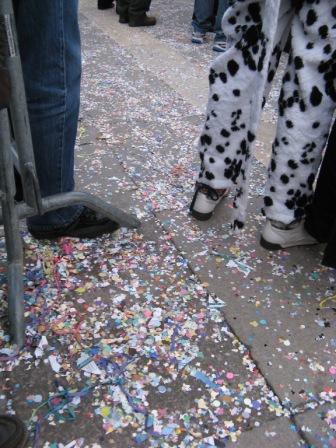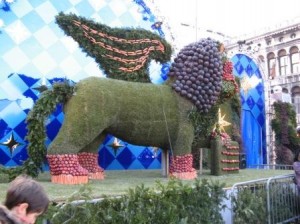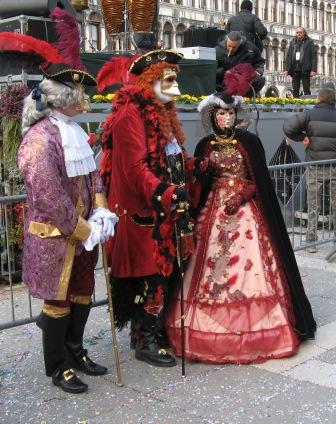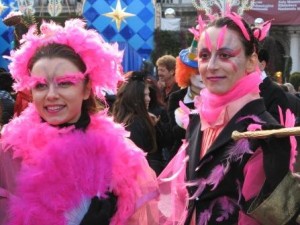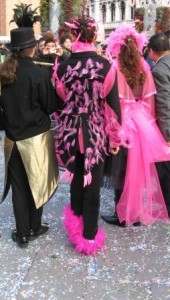It’s probably way past everybody’s bedtime, so I’ll wrap up this little philippic.
Imagining momentarily that a satisfactory conclusion could ever be reached in the Gordian convolutions of the “floodgate” project, permit me to make a few very brief observations.
First, let us make a concerted effort to ban all those irresistible emotional words that acqua alta seems to force from journalists’ subconscious. “Venice under siege,” is a common one. CNN said that the high water of December, 2008 had been caused by the Adriatic “bursting its banks.” (Banks? Bursting? Are we in Holland?). The Discovery Channel stated that the high water was “cannibalizing” the city’s buildings (OMG). And on and on. One could smile if this kind of reporting wasn’t cannibalizing common sense.

When I think about it really calmly, it appears to me that it’s actually impossible for the planners and builders of MOSE to be able to make any promise (guarantee, statement, claim, whatever you like) about their creation that they can prove is accurate.
There are simply too many unknowns in the many different scenarios devoted to its use: How well it will function — that’s the big one — how much its maintenance (routine or extra) will cost, where the money for feeding and caring for it will come from, etc.
Every claim from its proponents is supported so far only by data assembled by them.
Probably the two major areas of concern for its success are:
First: How high the highest tides are likely to become. Some estimates only give MOSE 100 years of usefulness, after which the highest tides will spill over its maximum height. The frequency and duration of these exceptional high tides are also subject to interminable debate. But nobody knows.
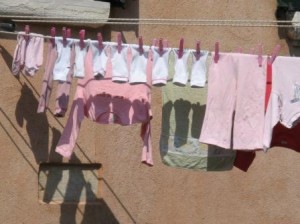
Second: How well the individual caissons will remain aligned. As I mentioned in my last post, if they begin to lose their perfect uniform surface (even if only one of them doesn’t rise as high as its neighbor, or the seal begins to leak), the strength of the entire “wall” of caissons will be compromised.
I have rowed against the incoming tide at the inlet at San Nicolo, in normal weather with no hint of wind or surge, and it is nowhere near being a joke. If the barrier isn’t perfect, the tide will come in whether MOSE is ready or not.
But let us not be downhearted. Let’s say that the machinery functions perfectly, precisely as planned. Let’s say that exceptional high water occurs ever more frequently. as expected. Let’s say that every prediction is fulfilled, even though there is no way to assume they will be.
Here is the real question: Has Venice been saved from anything except some water in the street for a few hours?
The true inundation, the most implacable and destructive, is the endless tide of tourists. The number increases 3 per cent every year; in 2009 it reached 21 million in an area of about three square miles.
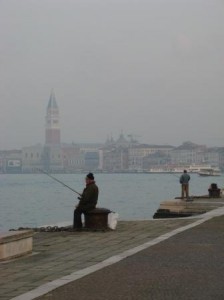
Whether this fact inspires emotion or not, it is more measurable, and predictable, than the inexact, politically driven “science” that has given birth to MOSE.
So let’s say that while assorted interested parties continue to water and fertilize the popular obsession which the press has with acqua alta, some very real problems continue to be neglected.
Young families will continue to move away because they can’t afford Venice (housing, primarily, though lack of jobs is a close second), the older generations eventually die off, and before MOSE has become obsolete the city will be devoid of residents. In their place will be the tsunami of tourists — tended to by merchants who mostly live on the mainland — which will finally render the city completely unliveable.
So even if MOSE performs perfectly, the Venice that has been “saved” will amount to nothing more than a collection of really old buildings, beautiful or not, according to your taste.
If no comparable effort is made to revive and protect the life of Venice, then even if MOSE turns out to be an engineering marvel to rival the invention of the arch, the once-thriving city will be as devoid of life as Machu Picchu.
When that happens, there’s won’t be much point in vilifying MOSE, or bewailing the triumph of politics and fear over basic municipal common sense.
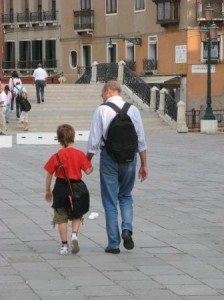
But it seems clear, even now, before the first button is pushed, that if the time, energy, and billions of dollars that will have been spent to hold back the tide had been dedicated to resolving the chronic, debilitating problems that Venice experiences every day, in 50 years there would still be a living city worth saving.

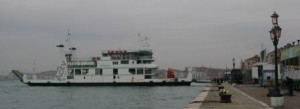
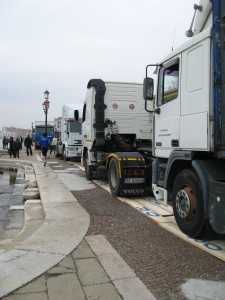
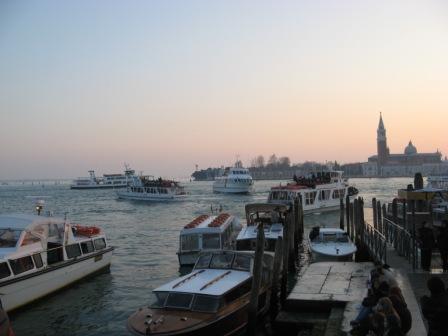
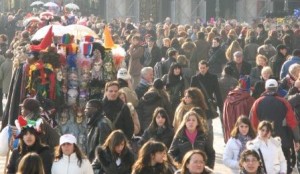 They estimate that each visitor spent 50 euros, for an exciting total income of 40 million euros. Not sure where this number came from; a professor of the Economics of Tourism at the University of Venice says that the “bite and run” day-trippers spend an average of 30 euros each day, while the more solid tourist spends 150. In any case, let’s not quibble over a million more or a million less. Restaurants and hotels certainly made money, not to mention the ACTV and their spectacularly expensive vaporetto tickets.
They estimate that each visitor spent 50 euros, for an exciting total income of 40 million euros. Not sure where this number came from; a professor of the Economics of Tourism at the University of Venice says that the “bite and run” day-trippers spend an average of 30 euros each day, while the more solid tourist spends 150. In any case, let’s not quibble over a million more or a million less. Restaurants and hotels certainly made money, not to mention the ACTV and their spectacularly expensive vaporetto tickets.